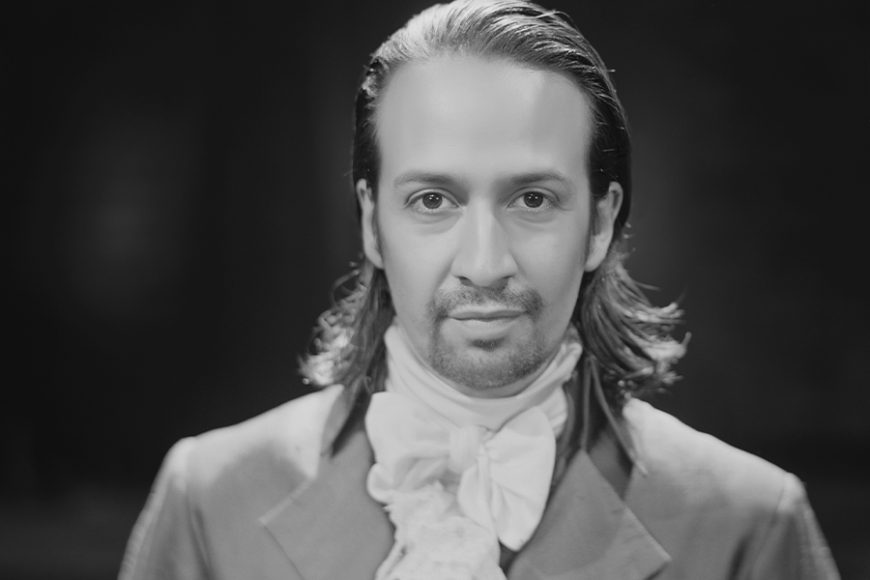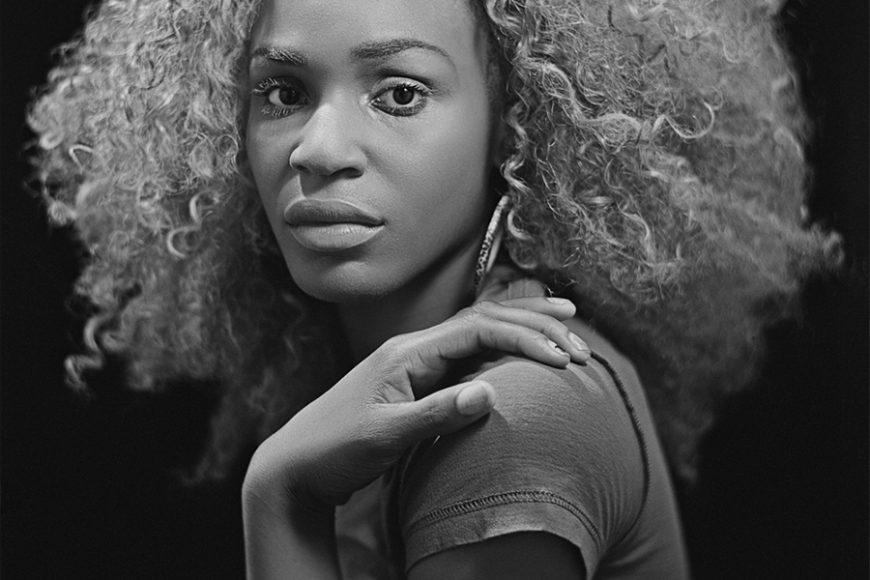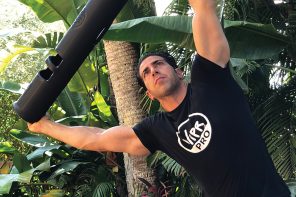The true meaning of life is to plant trees under whose shade you do not expect to sit.
— Frederick Law Olmsted, after the ancient Greeks
When it comes to the environment,
photographer Josh Lehrer has always been one to think globally, but act locally. He is fond of the quote above — attributable to the great landscape designer of New York’s Central, Riverside and Prospect parks — and thinks it will take an imagination of artistic, Olmsted-ian proportions to address the epic challenge of climate change.
Lehrer knows a thing or two about applying the imagination to the landscape. A late-blooming photographer whose brilliant work embraces everything from antique portraits of the casts of “Hamilton” to sensuous male nudes to poignant studies of homeless transgender teens, Lehrer says he has “always been a bit of a nature boy. I’ve always loved the forests and the trees, and I’ve always been cognizant of the symbiotic relationship between nature and ourselves.”
But that symbiosis did not really hit home until he and his partner of 25 years — “Hamilton” producer Jeffrey Seller — bought a weekend home in Waccabuc and an adjacent parcel in North Salem for themselves and their two teenage children. The Whatmore’s Lake area has transformed Lehrer’s thinking about nature, photography and his relationship to both. He sees himself as a steward of his property. To that end, he took a crash course in botany and forestry to remove invasive species like Japanese barberry and Japanese wisteria and thus restore the land’s flora as well as fauna, because, he says, when the landscape and its waterways are rehabilitated, the animals who thrived in both return.
Already Lehrer has seen a difference. This past spring, he says, “the ferns came rushing back. It’s as if they were lying in wait to be free.” Through the Seller-Lehrer Family Foundation, he also supports the Archangel Ancient Tree Archive, a Michigan-based nonprofit that is “the only organization in the world that has learned to clone the DNA of trees that are more than 1,000 years old,” he says.
But it’s not just financial support. Lehrer has planted 25 redwoods in North Salem to be what he believes is “the largest grove of old growth redwoods on the East Coast.
“They’re 3 feet tall. In 40 years, they’ll be 100 feet.”
Lehrer is documenting the change on the property through his lens. Photography is never far from his thoughts though it’s a passion and profession he came to later rather than sooner. Growing up in the suburbs of Wellesley, Massachusetts, Lehrer moved to New York in 1985, working for Showtime. Heavily involved in the cable network’s branding campaigns, Lehrer worked closely with still photographers. “I fell in love with what those guys are able to do.”
That sent him in midlife to the International Center of Photography and set him on a whole new path, one that would take him back to the future. In 2008, he began an ongoing series of formal portraits of homeless transgender youth, which have since been exhibited around the world under the title “Becoming Visible.” For these, Lehrer uses a 1940 Speed Graflex camera with a Petzval lens that dates from 1849.
“It’s super old school,” he says, requiring his subjects to stand still with their eyes open for a while as they’re flooded with light during long exposures. The purpose is to give his subjects a historical context. It’s the same technique he has used to capture the casts of the Broadway, Chicago, Los Angeles, London and road companies of “Hamilton” for his coffee-table book “Hamilton: Portraits From A Revolution,” which will be published by Rizzoli April 14. Lehrer had photographed Lin-Manuel Miranda’s other Tony Award winner, “In the Heights” (2005), so photographing “Hamilton” was an “easy, easy progression,” although one that required the patience of his subjects, given the demands of his particular approach to photography.
Lehrer’s other work finds him shooting celebrities and ad campaigns for other Broadway shows and high rises as well as commissions, like the one from a private gym that includes a stunning, leaping male nude discreetly garbed in shadowy, watery effects.
He is, however, becoming less interested in commercial photography and more fascinated with the artistic and the environmental. In making a photographic document of the work he’s doing on his Westchester property, Lehrer takes a philosophical attitude to the notion that its fruition will be for others to enjoy. After all, he has his own role to play in the chain of life.
“It is the job of the artist to make meaning of our world.”
For more, visit joshlehrer.com and ancienttreearchive.org.







